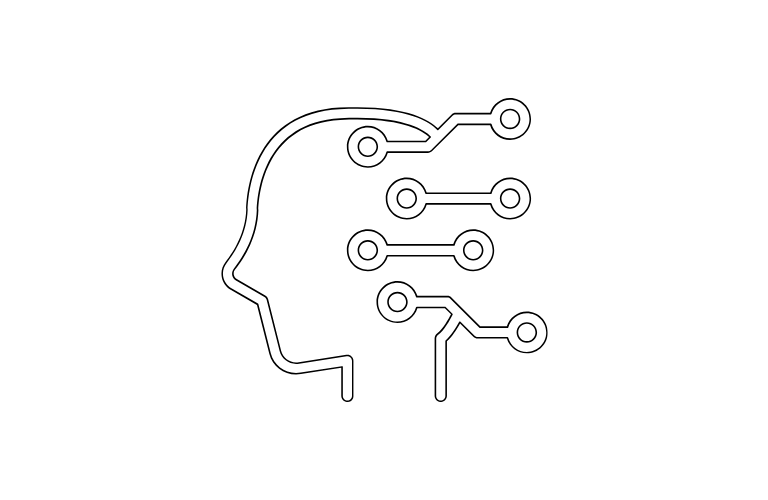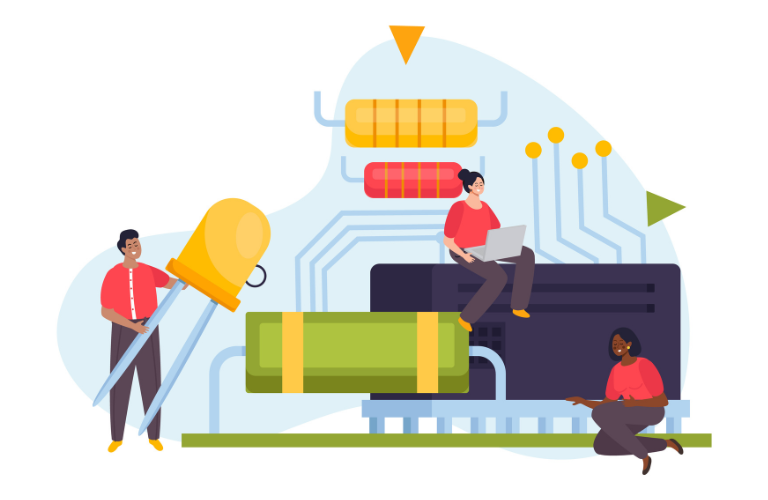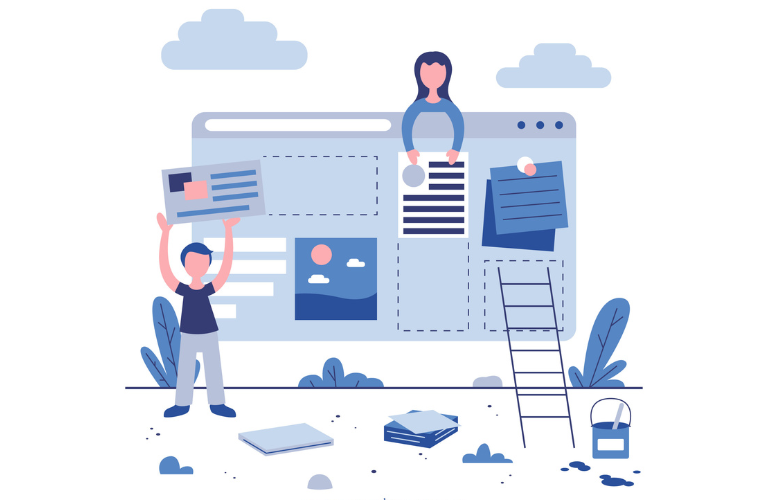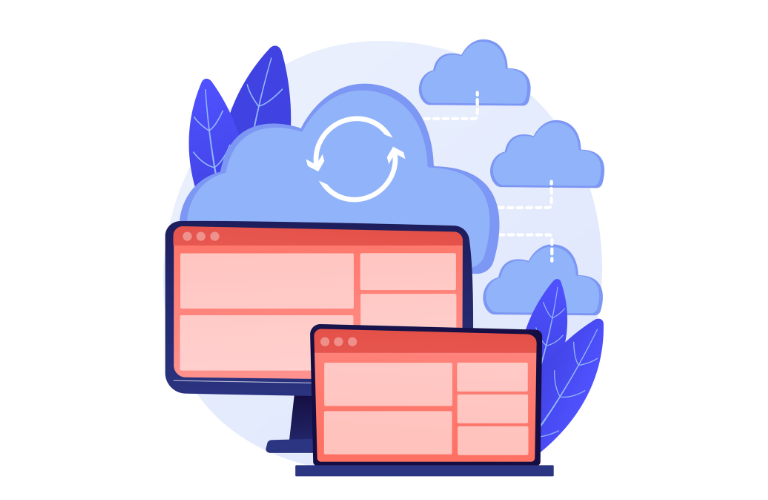The OpenAI API is a gateway to innovation, offering tools like GPT-4, DALL·E, and Whisper to turn abstract ideas into functional apps. While most associate it with chatbots, its real magic lies in creative experimentation. Below, we’ll explore 5 unique projects you can build, complete with technical guidance, real-world examples, and pro tips to stand out in the AI space.
Table of Contents
1. Personalized AI Storybook Generator
Combine GPT-4 and DALL·E to Craft Magical Tales
Why Build This?
Personalized storybooks are surging in popularity, especially for parents and educators. Platforms like Once Upon a Bot (a live example) have gone viral by letting users create stories in seconds.
Technical Steps:
1. Backend Setup:
- Use Python (Flask/Django) or Node.js to handle OpenAI API calls.
- Configure GPT-4 to generate narratives from prompts like:
prompt = "Write a 300-word fantasy story about a {character_name} who discovers a magic {object}." - Integrate DALL·E 3 to auto-generate illustrations for key scenes.
2. Frontend Design:
- Add input fields for character names, themes, and moral lessons.
- Include a preview feature to edit the story before downloading.
3. Monetization:
- Offer free basic stories with premium options (e.g., PDF exports, printed books).
Pro Tip: Use Stable Diffusion for faster image generation if DALL·E’s API latency is too high.
2. Interactive Fiction Game
Dynamic Storytelling with Real-Time AI Choices
Key Features & Build Guide:
Branching Narratives:
- Use GPT-4 to generate 3-5 story paths based on user decisions.
- Example prompt:
"If the user chooses 'open the door,' create a suspenseful scene with a hidden monster." Save & Share:
- Integrate Firebase to save progress and share unique story URLs.
Voice Narration:
- Use OpenAI’s Whisper or Amazon Polly for voiceovers.
Tools:
- Game Engines: Twine (for text-based games) or Unity (for 2D/3D).
- Analytics: Track popular choices with Google Analytics to refine storylines.
Case Study: AI Dungeon gained 1M+ users by blending GPT-3 with interactive fantasy.
3. AI-Powered Music Lyric Composer
From Lyrics to Full Tracks
Step-by-Step Build:
1. Data Training:
- Fine-tune GPT-4 on datasets from Genius.com or Spotify (e.g., 10,000+ pop/rock lyrics).
2. User Inputs:
- Let users specify genre, mood (e.g., “melancholic”), and keywords (“ocean, solitude”).
3. Melody Integration:
- Connect to tools like Soundraw or Magenta Studio for AI-generated instrumentals.
Example Output:
"Waves crash in the silence of night,
Your voice echoes, fading from sight..." Monetization:
- Sell royalty-free tracks on platforms like AudioJungle.
4. Custom Recipe Generator for Dietary Needs
AI Chef for Allergies, Vegans, and Picky Eaters
Build Process:
1. Input System:
- Let users list ingredients, allergies (e.g., nuts), and cuisine preferences.
2. Recipe Generation:
- Use GPT-4 to create recipes with cooking times and substitutions.
- Example API call:
response = openai.ChatCompletion.create(
model="gpt-4",
messages=[{"role": "user", "content": "Quick gluten-free dinner using chicken and broccoli."}]
) 3. Nutrition Analysis:
- Add APIs like Edamam to calculate calories/protein.
Pro Tip: Partner with Instacart or Amazon Fresh to auto-generate grocery lists.
5. AI Art Collaboration Tool
Co-Create Stunning Art with Machine Learning
Features to Stand Out:
Iterative Refinement:
- Let users upload a sketch, then generate variations (e.g., “Make it surrealist”).
Style Transfer:
- Apply styles like Van Gogh or Cyberpunk using DALL·E 3.
Export Options:
- Offer PNG, SVG, and PSD files for professional use.
Live Inspiration: NightCafe Studio uses AI models for art, but adding OpenAI’s API allows text-based refinements.
Monetization:
- Charge credits for high-res downloads or commercial licenses.
Why These Projects Work in 2025
- Personalization: Users crave unique experiences (e.g., stories with their name).
- Scalability: AI handles infinite variations without extra coding.
- Virality: Creative tools often spread organically on social media.
Getting Started with OpenAI API
- Sign Up: Get API keys at OpenAI Platform.
- Pricing: Start with the pay-as-you-go plan ($0.006 per 1K tokens for GPT-4).
- Safety: Add content moderation filters to block harmful outputs.
FAQS:
1. What can I build with the OpenAI API?
The OpenAI API lets you create tools like personalized storybooks, AI music composers, recipe generators, interactive games, and art collaboration platforms. Its models (GPT-4, DALL·E, Whisper) can generate text, images, and audio, making it ideal for creative apps. See our top 5 project ideas here.
2. Do I need coding skills to use the OpenAI API?
Basic coding knowledge (Python/JavaScript) helps for custom projects, but no-code tools like Zapier or Bubble can simplify integration for beginners. Start with OpenAI’s quickstart guide to learn the basics.
3. How much does it cost to build projects with the OpenAI API?
OpenAl uses a pay-as-you-go pricing model (e.g., 0.006per 1K tokens for GPT – 4).Smallprojectslikestorygeneratorsmaycostunder10/month, while complex apps scale with user traffic. Always test with free tiers first!
4. How can I make my OpenAI project unique?
Focus on niche customization:
- Add user-specific personalization (e.g., names in stories).
- Combine multiple AI models (e.g., GPT-4 + DALL·E).
- Solve a specific problem, like gluten-free recipes or indie game storytelling.
5. Is it safe to use OpenAI API for creative projects?
Yes, but add content moderation filters to block harmful outputs. OpenAI provides built-in safety tools, and you can use external APIs like Perspective API for extra checks.




